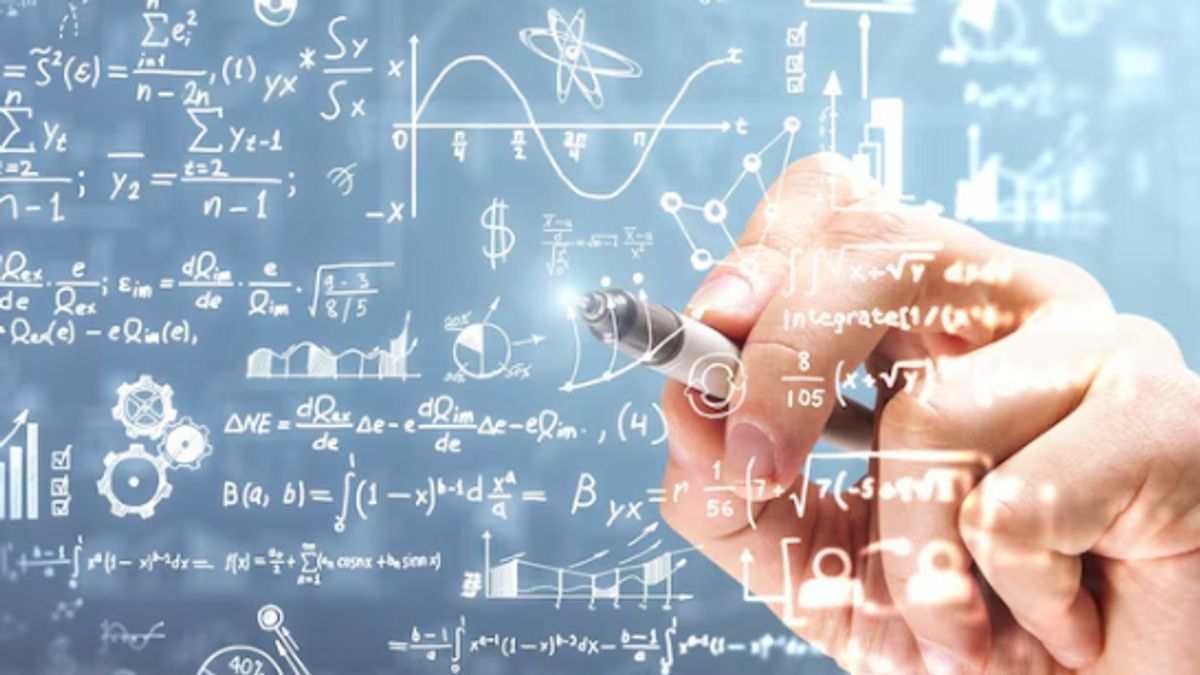YOGYAKARTA - Opportunities are one of the mathematical materials that must be learned by anyone who has sat in high school. The material contains learning about understanding to how to calculate opportunities with existing formulas.
Quoted from the book Smart Learning Mathematics compiled by Marthen Kanginan, the opportunity is a theory that studies the possible emergence of something with experiments. Apart from being applied in mathematics, opportunities are also widely used to deal with problems in the economic, biological, and statistical fields.
As for daily life, opportunities are often used to predict things. For example, the opportunity to score goals in football games, opportunities for rain, opportunities for income from a business, and others.
In the book Let's Understand the Mathematical Concept, Wahyudin Djumanta explains, how to calculate chances we can do with a relative frequency approach.
For example, a coin was thrown 10 times, then the image side appeared 4 times, so there were many comparisons of the appearance of the image and throwing sides, namely 4/10. This value is called the relative frequency of the emergence of a number.
Based on the explanation above, how to calculate opportunities based on the relative frequency of the emergence of observed events can be performed with the formula below:
According to the theory of chances, an experiment does not always get the same results even though the process is not much different. For example, when coins are thrown, there are two possible sides that appear at the top, namely the number side or the image.
All results that can occur from these experiments are collected in the sample space. Quoted from the General Mathematics Kemdikbud Module: Opportunities Theory by Yuniarti and Yuyun Sri, the sample room is notated with S, the number of elements of the sample space is stated with n(S).
If S is a sample space with many elements (n(S)) and A is an event with many elements (n(A)), so the chance of occurrence A which is notated with P(A) can be computed by a formula:
P(A) = n(A)/n(S)
To understand its implementation, see several examples about opportunities below.
Problem 1
In throwing the dice 100 times, there were dice faces with number 4 18 times. What is the relative frequency of the appearance of dice faces number 1?
Answer:
Fr = many incidents / many experiments
= 18/100
= 0.18
Thus, the relative frequency of the appearance of dice face number 4 is 0.18.
Problem 2
Determine the odd-number dice eye opportunities on throwing a dice!
Answer:
S = {1, 2, 3, 4, 5, 6}, then n(S) = 6
If A is an incident where odd dice eyes appear, then A = {1, 3, 5} so n(A) = 3.
P(A) = n(A)/n(S)
= 3/6
= 1 Badminton
Thus, the opportunity for odd-number dice eyes to appear is 1 Story2.
Problem 3
Determine the opportunity for dice eyes to appear in the figure of less than 5 on throwing a dice!
Answer:
S = {1, 2, 3, 4, 5, 6}, then n(S) = 6
If B is an incident of a dice-like eye appearing less than 5, then B = {1, 2, 3, 4} so n(B) = 4
P(B) = n(A) / n(S)
= 4/6
= 2/3
Thus, the opportunity for dice eyes to appear in the figure of less than 5 is 2/3.
SEE ALSO:
That's a review of how to calculate opportunities. Hopefully this information will be useful! Visit VOI.id to get other interesting information.
The English, Chinese, Japanese, Arabic, and French versions are automatically generated by the AI. So there may still be inaccuracies in translating, please always see Indonesian as our main language. (system supported by DigitalSiber.id)











